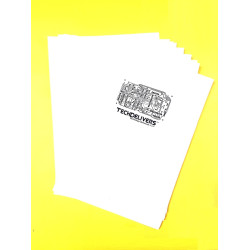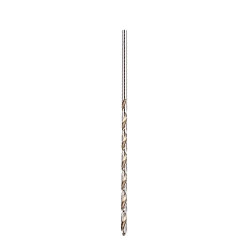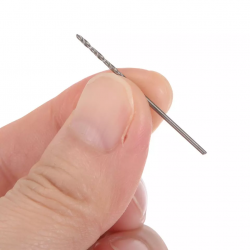-1140x400.png)
Let’s be real-if you enjoy fiddling with gadgets, a soldering iron is basically your best buddy. Frankly, it’s one of those tools that you don’t think you need… until you actually need it. Whether it’s fixing something broken, creating a small DIY project, or just experimenting, a soldering iron machine comes to the rescue. By the way, it’s not just for electronics nerds-it’s actually kind of fun once you get the hang of it.
So, let’s dive into the top 10 ways you can use a soldering Machine in electronics.
Uses of a Soldering Iron Machine
1. Fix Broken Wires
Honestly, nothing feels better than fixing a wire instead of buying a new gadget.
Strip the ends of the wire.
Twist them together.
Heat with the soldering iron and apply some solder.
Boom! That wire is good as new. Trust me, your future self will thank you.
2. Build Custom Circuits
If DIY electronics excites you, a soldering iron is your best friend.
Test your design on a breadboard first.
Solder components onto a PCB.
Make sure nothing is loose.
By the way, there’s something magical about seeing your tiny circuit come alive.
3. Repair Gadgets
Old headphones, broken consoles, or radios-yeah, they all die eventually. But guess what? A soldering machine can bring them back to life.
Reattach loose wires.
Replace busted components.
Resolder cold joints.
Honestly, it feels like performing a tiny miracle every time.
4. DIY Electronics Projects
The assembly of gadgets receives a big boost from the soldering iron Machine, which can be used for everything from LED boards to mini robots.
Try to figure out what you will make beforehand.
Place components carefully on your board.
Solder them securely in place.
Let’s be real-there’s no better feeling than seeing your creation actually work.
5. Jewelry Repairs
Yep, a soldering iron can do tiny jewelry work too.
Join small metal pieces.
Repair chains that are broken.
Create rings or bracelets according to your own designs.
This, by the way, is an excellent option if you enjoy giving presents or simply want to explore your creativity.
6. Wood Burning
Some folks use a soldering iron machine for wood crafts.
Draw your design lightly on wood.
Heat the iron tip.
Carefully burn the design into the wood.
Honestly, it’s a fun way to mix electronics with art. The output is stunning.
7. Circuit Board Repairs
A soldering iron is a must-have tool if you are planning to fix printed circuit boards (PCBs).
Identify broken joints or traces.
Reflow solder to restore connections.
Replace damaged components.
Frankly, once you know how to do this, everyone will call you the gadget fixer.
8. Desoldering Components
Sometimes you make a mistake and need to remove a component. A soldering iron machine is perfect for that.
Heat the joint.
Use a wick or pump to remove solder.
Take out the component carefully.
It’s basically “undo” in real life—and very satisfying.
9. Install Connectors
Need to add a USB port or audio jack? A soldering iron helps make solid connections.
Strip and tin wires.
Heat and attach them to the connector.
Check that nothing is loose.
By the way, strong soldered connectors last way longer than cheap plug-ins.
10. Creative Art & Gifts
The use of a soldering machine is not limited to laying down circuits, it is also a production tool for getting artistic.
Shape wires into letters or small designs.
Join tiny metal parts together.
Make a unique handmade gift.
Let’s be honest, this is the fun part. You are allowed to play around, and the outcome might just be awesomely surprising.
FAQs About Soldering Iron
1. Really, what is the main purpose of a soldering iron?
Mainly it is for metal joining and electronic repair.
2. Can beginners use it?
Totally! Just start with a basic one.
3. Is it safe at home?
Yes, just use eye protection and work somewhere ventilated.
4. Can it repair wires?
Absolutely, that’s one of the main uses.
5. Can it fix circuit boards?
Yep, soldering and desoldering is a breeze once you know the technique.
6. Is it useful for DIY projects?
Definitely, from gadgets to art projects.
7. Can I use it for jewelry?
Yes, small chains and metal pieces work well.
8. What solder should I use?
Rosin-core solder is best for electronics.
9. Can kids use it?
Only with adult supervision-it gets really hot.
10. How do I clean the tip?
Wipe it on a damp sponge while it’s hot; simple.
Final Thoughts
By the way, a soldering iron isn’t just a tool-it’s your ticket to creating, fixing, and experimenting. Frankly, the more you use it, the better you get. Keep on working on tiny projects, don’t rush, and in no time you will be so good at handling wires, boards, and DIY projects that they will be like a breeze for you.
To be honest, it’s one of those tools that when you begin using it, you won't ever be able to think of a time when you didn’t have it. Shop now!

























Leave a Comment